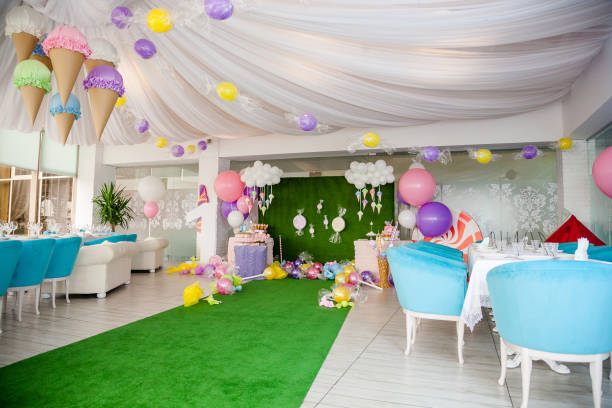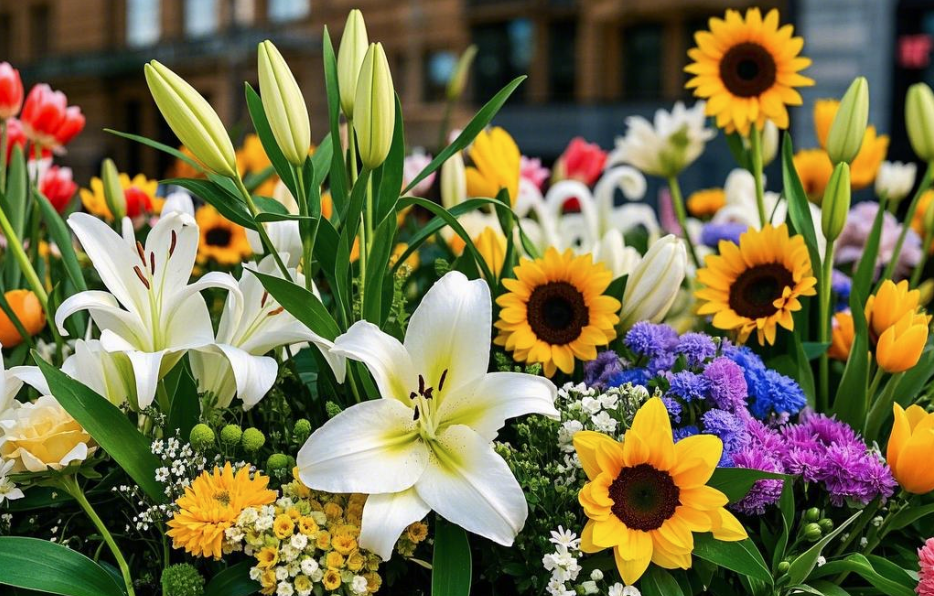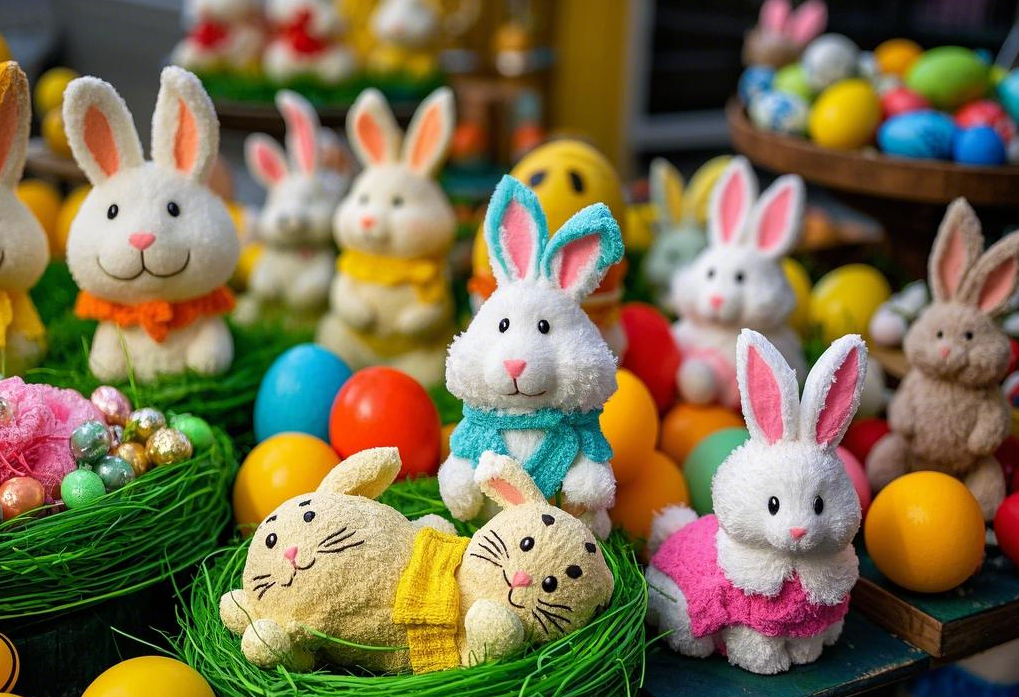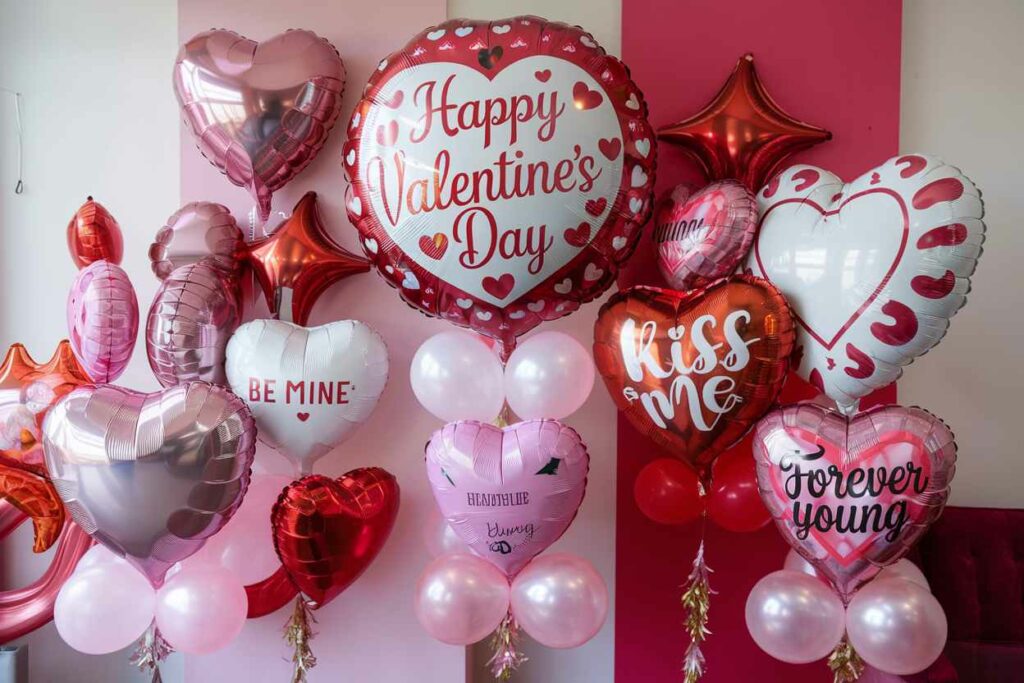Weddings have always been a beautiful reminder of love and togetherness. Whether a small gathering or a grand celebration, the joy of two families uniting is universal. Yet, there’s something uniquely captivating about how an African tribal wedding unfolds. The rich colors, the rhythmic sounds of drums, and the meaningful rituals make it truly unforgettable. If you’re also dreaming of experiencing such a celebration, this blog about African tribal weddings will help you embrace the beauty and significance behind every detail. Get started to learn African wedding customs and traditions!
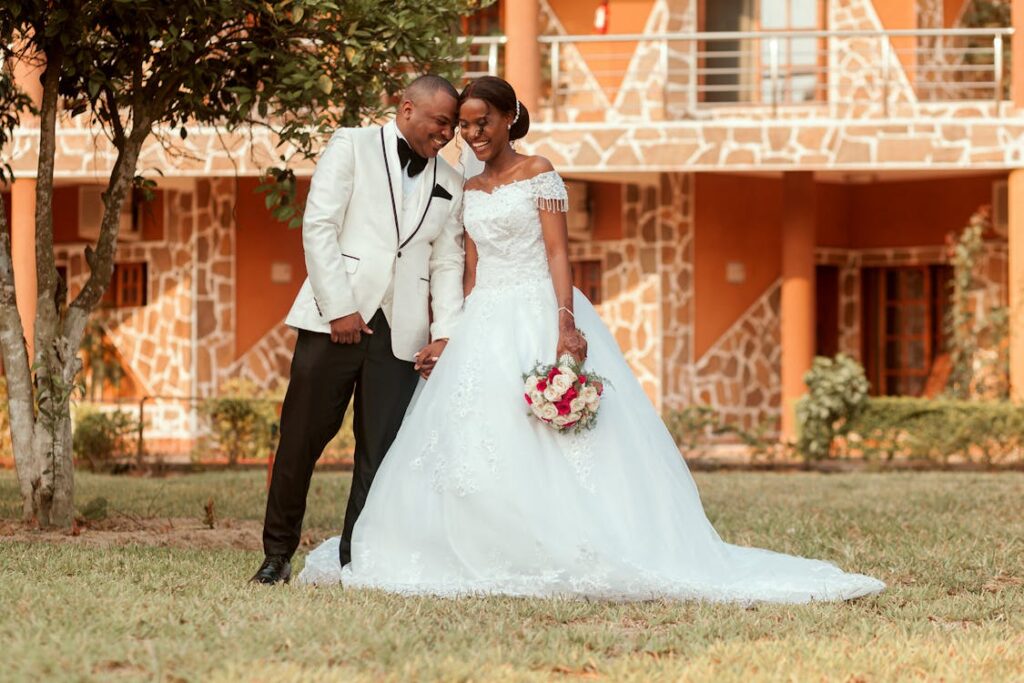
How to Prepare for an African Wedding in Tribal?
An African tribal wedding preparation is an exciting adventure. From décor to attire, every detail reflects rich traditions and vibrant cultures. Here’s how to get started.
Source African Tribal Wedding Décor
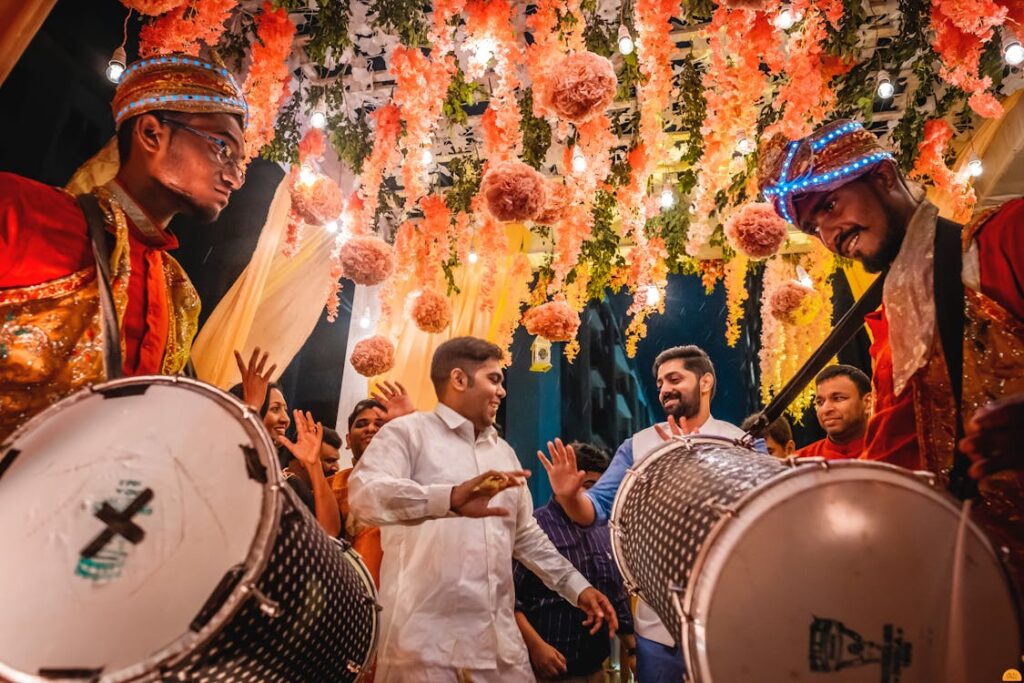
African tribal wedding décor is rich in symbolism, often reflecting the heritage and values of the couple’s tribe. Generally, the materials used are natural and handmade, such as woven baskets, wooden carvings, beaded ornaments, and vibrant fabrics. Textiles like kente cloth from West Africa or shweshwe fabric from Southern Africa add authenticity and color to the setting. Cowrie shells, feathers, and pottery are also commonly included to honor the ancestral spirits.
In West Africa, Ashanti weddings incorporate bold Kente cloth draped across tables and altars, with gold accents to signify royalty and wealth. Meanwhile, in the Maasai culture of East Africa, beadwork is essential, with colorful strings of beads adorning everything from centerpieces to ceremonial stools. In Southern Africa, Zulu weddings often use animal hides and wooden sculptures to symbolize strength and fertility. Each region has its unique flair, but all emphasize the connection to nature and tradition.
Building on the rich tapestry of African tribal wedding décor, these vibrant elements don’t just add color; they tell a story. Imagine how stunning it would be to have handcrafted items that truly reflect the couple’s heritage! If you’re on the hunt for these unique decorations, check out the wedding decoration manufacturer – Primo. They offer a fantastic range of party supplies online at wholesale prices. Whether it’s for a wedding, birthday, or any traditional African celebration, Primo has you covered, making it easy to create that authentic, festive atmosphere.
Tailor African Tribal Wedding Dress
When it comes to tailoring an African tribal wedding dress, the choices reflect the vibrant cultures and traditions of the continent. Each region offers unique styles, fabrics, and meanings that enhance the beauty of the occasion.
West Africa: Kente Cloth
In West Africa, particularly Ghana, the Kente cloth is a stunning choice for brides. Known for its bright colors and intricate patterns, Kente symbolizes wealth, status, and cultural heritage. Each color and pattern has its own significance; for instance, gold represents wealth, while green symbolizes fertility. A traditional Kente wedding gown often features a fitted bodice and flowing skirt, creating a regal silhouette. Local customs also include the knocking ceremony, where families formally acknowledge the union, often accompanied by the bride wearing her Kente attire, showcasing her family’s lineage and pride.
East Africa: Maasai Beaded Dresses
In East Africa, the Maasai people of Kenya and Tanzania have a distinctive approach to wedding attire. Brides typically wear dresses made from colorful cotton fabric, adorned with intricate beaded jewelry that tells stories of their culture. The beadwork often includes red, blue, and white beads, each carrying significant meanings related to bravery, loyalty, and purity. The dress is usually complemented by a beaded necklace called a shuka, which drapes elegantly over the shoulders. Local customs involve a traditional jumping dance known as the adumu, celebrating the bride’s transition into married life while showcasing her beautifully adorned attire.
Southern Africa: Xhosa IsiNtu Dresses
In Southern Africa, Xhosa brides often choose isiNtu dresses, known for their elegant designs and vibrant colors. These dresses are typically made from beautifully woven fabrics, often featuring striking patterns and elaborate beadwork that signify the bride’s family lineage. Colors play a significant role, with white representing purity and new beginnings. A key custom during Xhosa weddings is the umgidi, a celebration where the bride is adorned in her dress, and family members gather to bless the couple. The dress serves as a visual representation of cultural pride and the bride’s connection to her ancestors.
Learn the Basic Customs of African Tribal Wedding

Customs at African tribal weddings showcase the rich tapestry of cultural heritage. From meaningful colors to vibrant celebrations, these traditions create unforgettable experiences. Let’s dive into some key aspects that highlight the uniqueness of these joyful occasions.
What Are the Colors in an African Wedding?
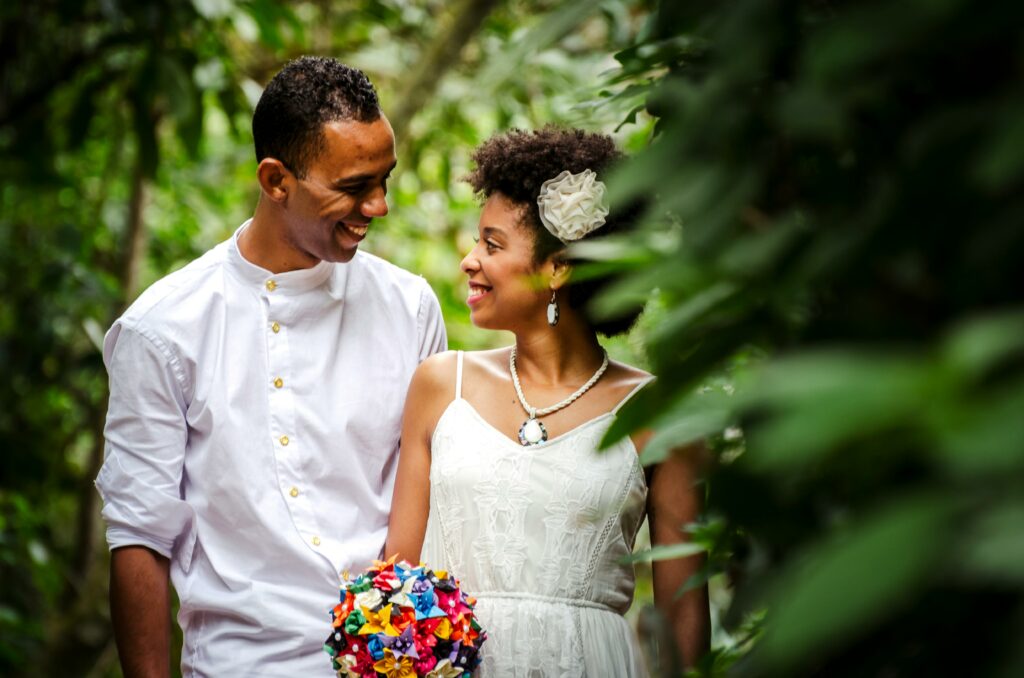
Colors in African weddings are vibrant and meaningful, often representing deep cultural values and beliefs. Here’s a look at some significant colors and their meanings across various regions:
- Red: Commonly seen in Maasai weddings in East Africa, red symbolizes bravery and strength. It’s often used in clothing and beadwork, reflecting the community’s warrior spirit and resilience.
- Gold: This color represents wealth and prosperity, especially in West African cultures. In Ghanaian weddings, gold is frequently used in Kente cloth, showcasing status and the couple’s hopes for a prosperous future.
- Green: Associated with fertility and growth, green is prominent in many West African weddings. It signifies new beginnings and is often featured in decorations and attire to bless the couple’s future.
- White: In many cultures, white symbolizes purity and peace. In Xhosa weddings in South Africa, brides often wear white dresses adorned with colorful beadwork, blending traditional and modern elements.
- Blue: This color is linked to harmony and tranquility. In some coastal regions, blue fabrics and decorations reflect the connection to water and life, often used in wedding attire to evoke a sense of calm.
- Black: Symbolizing maturity and sophistication, black is increasingly popular in contemporary weddings across the continent. It represents the richness of life experiences and is often paired with vibrant colors for a striking contrast.
How Long Is a Traditional African Wedding?
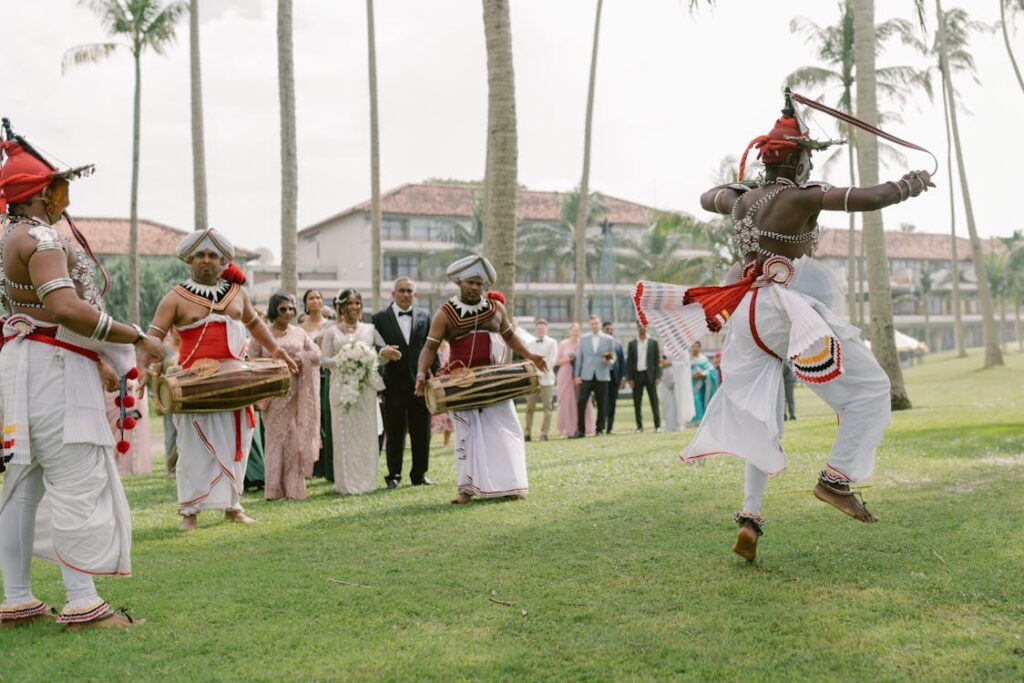
The duration of traditional African weddings can vary significantly depending on the region, culture, and specific customs involved. Unlike many Western weddings, which typically last a day, African weddings can span several days, filled with various rituals and celebrations.
In West Africa, for example, weddings might last up to three days. The first day often includes the knocking ceremony, where the groom’s family formally asks for the bride’s hand in marriage. This is followed by the main wedding day, filled with feasting, dancing, and traditional rites.
In East Africa, particularly among the Maasai, weddings can also stretch over several days. The festivities may begin with a ceremony where families exchange gifts, followed by traditional dances and communal gatherings that celebrate the union.
In Southern Africa, Xhosa weddings can last up to a week, involving multiple events like the umgidi, where the bride is presented to her community. This lengthy celebration emphasizes the importance of community involvement and the couple’s connection to their families.
Overall, the extended duration of these weddings reflects the significance of the event in African culture, allowing ample time for family and friends to participate in the joyous occasion.
What Happens Before an African Traditional Wedding?
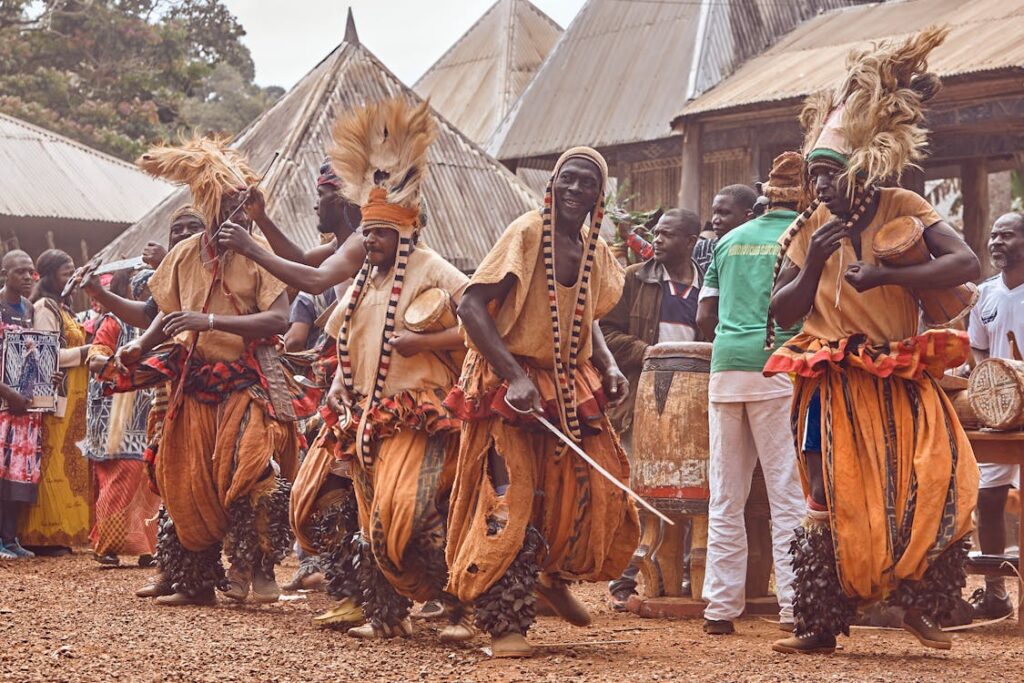
The period leading up to an African traditional wedding is filled with meaningful rituals and preparations that set the stage for the big day. These customs can vary widely across different cultures, but they all share a common goal: to honor family, community, and the couple’s union.
- Introduction Ceremony: Often, the journey begins with an introduction ceremony, where the groom’s family formally meets the bride’s family. This is a crucial step, allowing both families to establish connections and discuss the upcoming union.
- Lobola Negotiation: In many cultures, such as among the Zulu and Xhosa, the negotiation of lobola (bride price) takes place. This process involves discussions about gifts or dowries that the groom’s family will provide to the bride’s family, reinforcing respect and commitment.
- Pre-Wedding Rituals: Various pre-wedding rituals may occur, depending on the tribe. For instance, in the Shona culture of Zimbabwe, the bride may participate in a ceremony where she is advised by elder women about marital responsibilities and expectations.
- Cultural Preparation: Leading up to the wedding, the bride often undergoes specific cultural preparations, such as wearing traditional attire and practicing rituals that she will perform during the ceremony. This may include beautification processes that involve unique hairstyles and adornments.
- Community Involvement: The days before the wedding are usually a flurry of activity involving family and community members who help with decorations, food preparation, and logistics, emphasizing the communal spirit of the celebration.
Why Do They Throw Money at African Weddings?
Throwing money at African weddings is a lively tradition that adds excitement and symbolizes good fortune. This practice varies by region but generally serves several purposes.
- Friends and relatives bless and wish the couple wealth and prosperity in their new life together.
- It enhances the festive atmosphere, bringing laughter and cheers as guests celebrate the occasion.
- It acts as a form of financial support, helping the newlyweds with initial expenses as they start their life together.
- In some regions, throwing money is linked to traditional dances and ceremonies, making it an integral part of the celebration.
What Is the Traditional Wedding Ceremony in Africa?
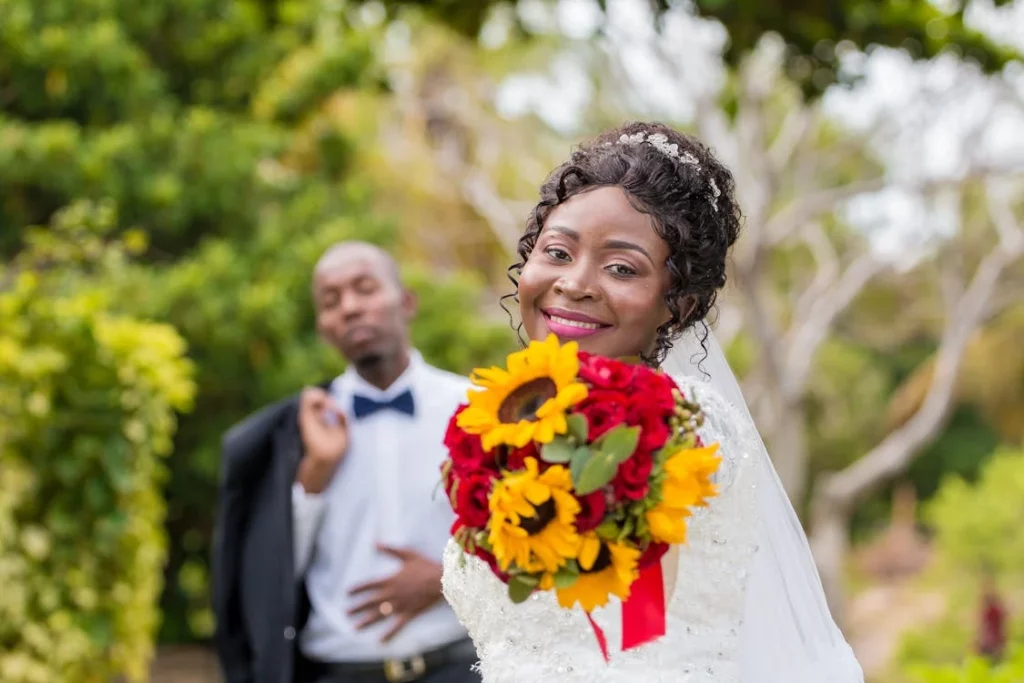
Traditional wedding ceremonies across Africa are rich with meaning and cultural significance. Each region brings its own unique customs and vibrant celebrations, showcasing the deep-rooted values of community, family, and love. Here’s a look at some of these beautiful ceremonies that I’ve met.
Knocking Ceremony (West Africa)
The Knocking Ceremony, or kokoo, is a lively and meaningful event. I remember being there when the groom’s family arrived at the bride’s home, all dressed in colorful attire—bright dresses and intricate head wraps. They knocked on the door, a traditional way to announce their arrival. As they knocked, they chanted greetings that echoed through the courtyard, blending excitement and nerves.
Once inside, everyone gathered in the main room, where a feast awaited. The air was rich with the aroma of jollof rice and grilled meats. The families exchanged pleasantries, recounting stories about the couple and sharing laughter. I could see the bride peeking in from the kitchen, her smile lighting up the room as her family showered her with affection.
Lobola Ceremony (Southern Africa)
The Lobola Ceremony is all about respect and commitment. At one I attended, the groom’s family arrived with gifts—cows, money, and baskets filled with traditional foods. The women wore beautifully beaded dresses, each pattern telling a story, while the men looked sharp in their traditional attire.
Negotiations began with playful banter. The families discussed the bride price, with elders mediating the talks, injecting humor into the serious conversation. The atmosphere was lively; you could hear laughter ringing out as the families shared their histories. Once the lobola was agreed upon, everyone broke into song, celebrating the union.
Umgidi (Xhosa culture, South Africa)
Umgidi is filled with color and joy. The bride was stunning in her isiNtu dress, surrounded by family as they prepared her for the ceremony. They painted her face with intricate designs, each stroke telling part of her story.
As the ceremony began, guests sang and danced around her, offering blessings and gifts. The sound of drums filled the air, and I could see children giggling and joining the dance circle. Elders took turns sharing wisdom and stories about love, keeping everyone engaged. It felt like a big family gathering, all celebrating together.
Nikah (North Africa and parts of East Africa)
The Nikah ceremony has a serene and respectful vibe. The couple sat before their families, dressed elegantly. The bride’s gown shimmered with delicate patterns, and the groom looked dapper in a tailored suit.
During the ceremony, the officiant guided them through the vows, reminding everyone of the significance of the union. The couple spoke softly, exchanging promises while family members listened closely, some nodding in agreement. After they signed the marriage contract, everyone erupted in cheers, celebrating the couple’s commitment.
Sangwa (Maasai culture, East Africa)
The Sangwa ceremony is a vibrant celebration. I was mesmerized by the Maasai warriors, decked out in bright shukas, performing traditional dances. Their movements were powerful, and the rhythmic music filled the air, drawing everyone in.
Families exchanged gifts, and you could see the joy on the couple’s faces as they received blessings. Kids ran around, laughing and mimicking the dancers, adding to the lively atmosphere. Everyone joined in the celebrations, clapping and singing, making it a joyous occasion for the whole community.
Hammam
The Hammam ritual is a beautiful tradition for the bride and her female relatives. They gathered in a steam-filled room, dressed in simple yet elegant garments. The fragrant oils and herbs created a calming ambiance.
As they washed and pampered the bride, they shared stories, advice, and laughter. The conversation flowed easily, with everyone pitching in to offer tips for married life. The bride’s friends took turns applying henna, adorning her hands with intricate designs while chatting and joking, creating a close-knit atmosphere.
Kola Nuts Exchange
The Kola Nuts Exchange is a simple yet significant ritual. Families presented kola nuts to each other, a sign of goodwill and hospitality. The kola nuts, usually wrapped in colorful cloth, were handed over with respectful nods.
During the exchange, both families shared blessings and words of encouragement. The atmosphere was respectful, and you could see smiles spread across their faces. It was a way of solidifying relationships, making the gathering feel united as they celebrated the couple’s new journey together.
Conclusion
From the decor to the customs, every aspect of an African tribal wedding carries meaning and reflects a deep connection to heritage. Whether you’re attending or planning your own, these traditions create an unforgettable experience. Feel free to embrace the beauty of these time-honored rituals, enrich the ceremony, and honor the vibrant cultures they stem from.
FAQ
Q1: What Is the African Tribal Wedding Night?
In many African tribes, the wedding night is rich in tradition and symbolism, often varying from region to region. For instance, in the Zulu tribe of South Africa, the wedding night includes the umabo ceremony, where the bride presents gifts to her in-laws as a gesture of respect and gratitude. Following this, a private ritual is held where elder women offer marital advice and blessings to ensure a strong union.
In the Shona tribe of Zimbabwe, there is a unique practice where the bride, accompanied by female relatives, secretly visits her future husband’s home after dark. This is a way to “test” how the groom’s family responds to emergencies, reflecting their preparedness for life’s challenges. The night ends with a joyful party, filled with dancing, music, and laughter, marking the bride’s acceptance into her new family.
Q2: What Is the Dowry Tradition in Africa?
In Africa, the dowry tradition is a respected cultural practice that symbolizes the union between two families, not just the couple. Known as lobola in many southern regions, it involves the groom’s family offering gifts—often livestock or money—to the bride’s family as a gesture of respect and commitment.
For instance, in South Africa, the groom’s family typically presents cows or money to honor the bride’s family, signifying the value they place on the marriage. In Zimbabwe, the dowry is referred to as roora in Shona communities. Traditionally, cattle were exchanged, but in modern times, cash is often substituted.


